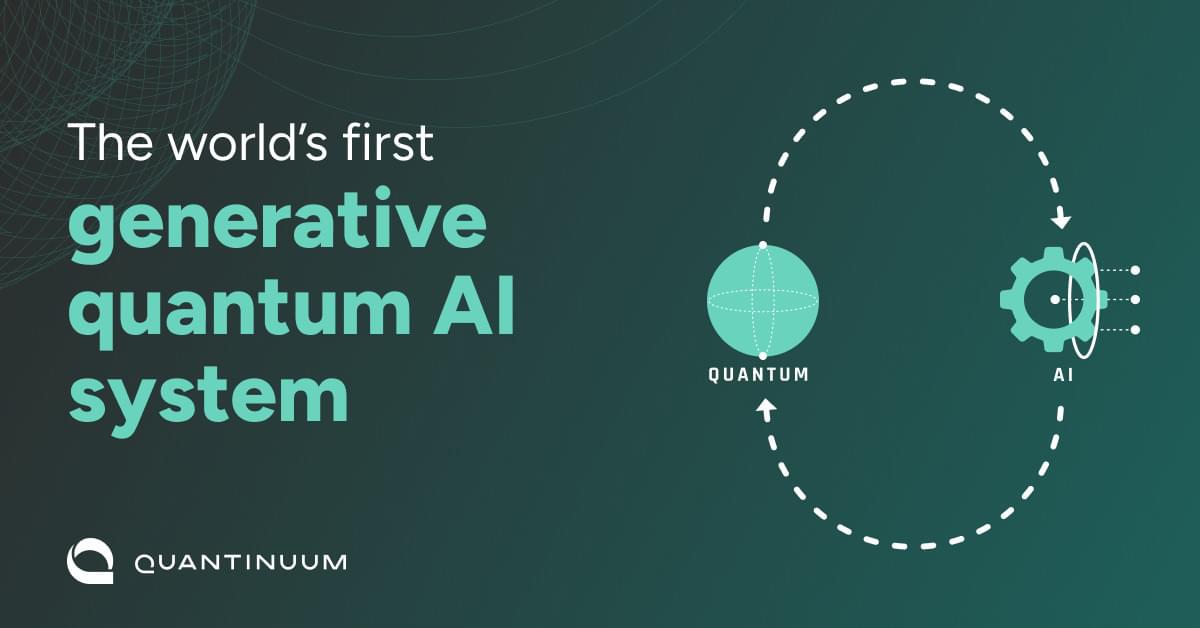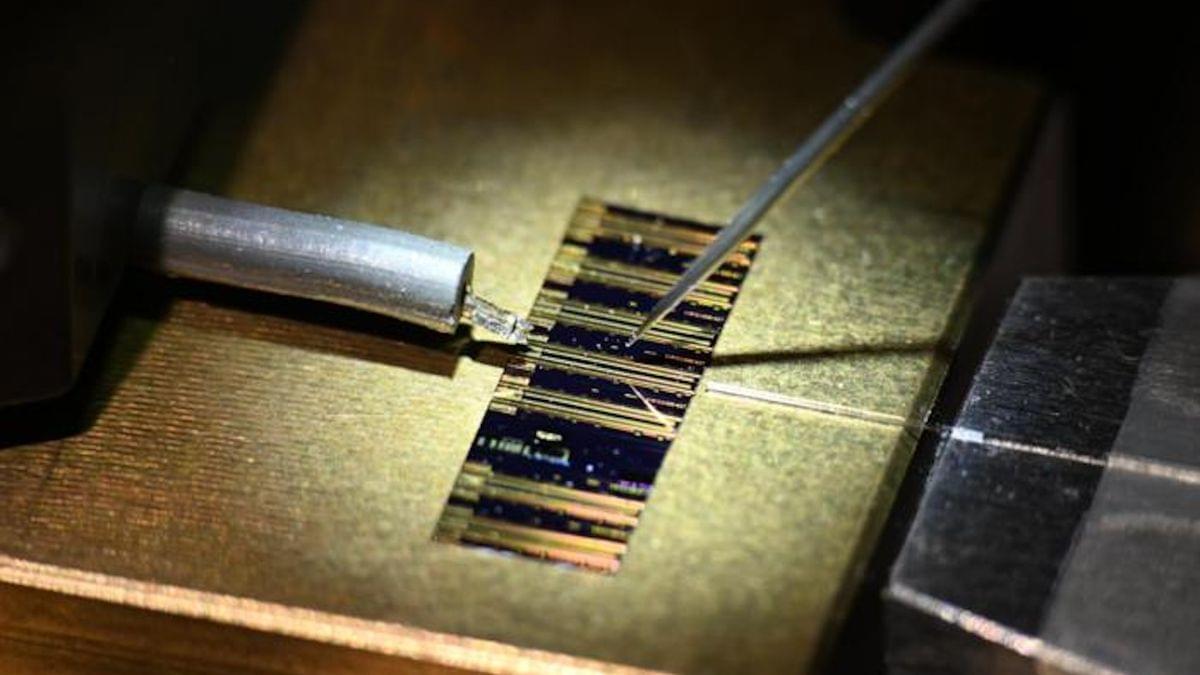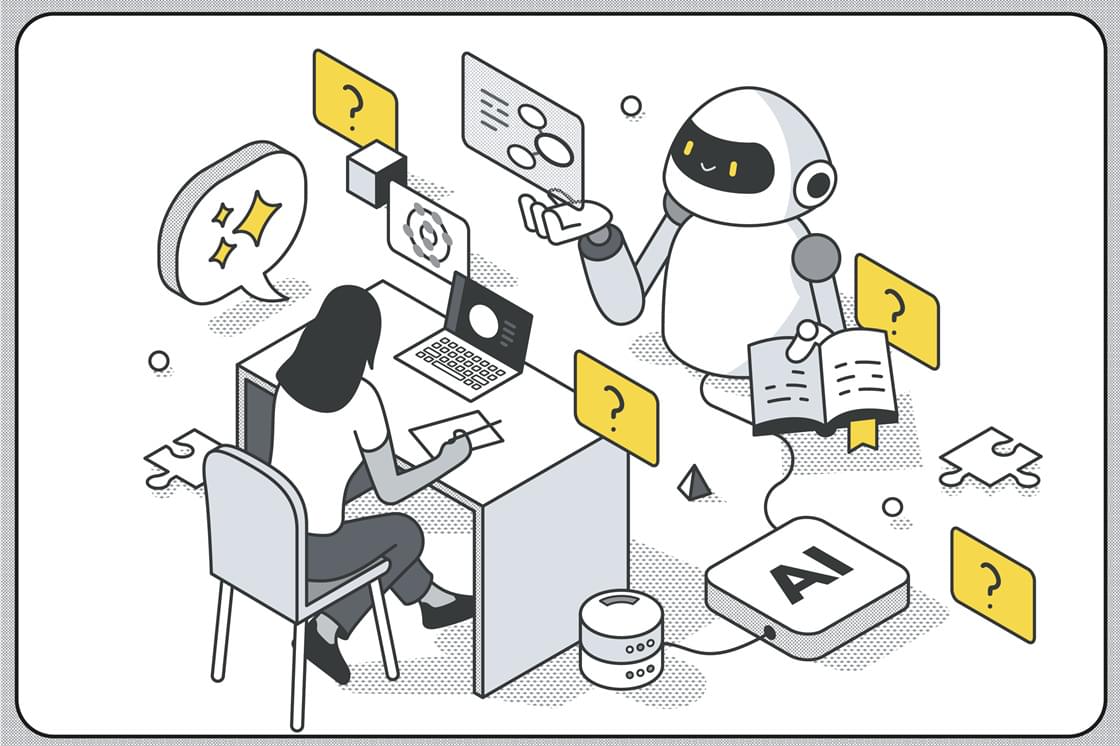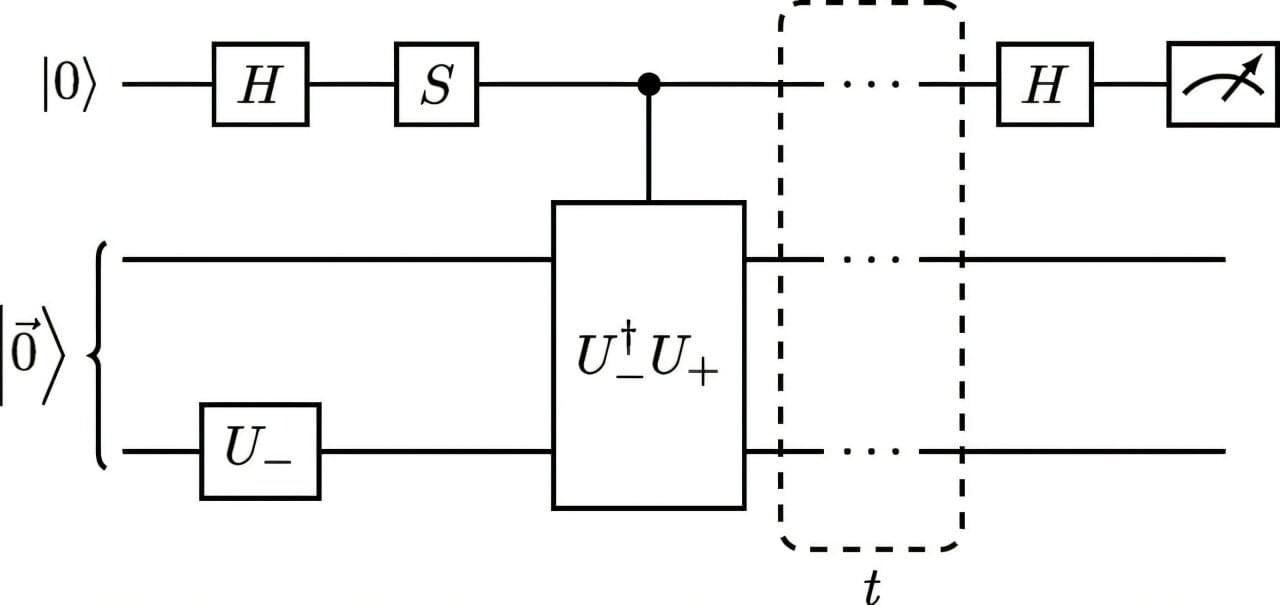#GigaBerlinArt #TechPainters #RoboticMuralist.
At Tesla’s Gigafactory Berlin-Brandenburg, creativity meets technology in a remarkable initiative to transform concrete surfaces into stunning artworks. Inspired by Elon Musk’s vision to turn the factory into a canvas, the project began with local graffiti crews. However, the sheer scale of the endeavor required innovative solutions, leading to the collaboration with a robotic muralist startup. This groundbreaking graffiti printer combines cutting-edge technology with artistry, using a triangulation method to maneuver its print head along factory walls. With 12 paint cans onboard, the robot sprays precise dots of color—10 million per wall and 300 million for the west side alone—creating intricate designs composed of five distinct colors. The curated artworks draw inspiration from Berlin’s vibrant culture, Tesla’s groundbreaking products, and the factory itself—described as “the machine that builds the machine.” A blend of global and in-house artistic talent has contributed to the ongoing project, making Giga Berlin not just a hub for innovation but also a celebration of art and ingenuity.
Courtesy: X:@Tesla.
#FactoryArt #BerlinCulture #GigaBerlinTransformation #MachineThatBuildsTheMachine.
———————-
Thank You for watching! Do not forget to Like | Comment | Share.
———————-
About the channel.
Watch us for the best news and views on business, stock markets, crypto currencies, consumer technology, the world of real estate, bullion, automobiles, start-ups and unicorns and personal finance. Business Today TV will also bring you all you need to know about mutual funds, insurance, loans and pension plans among others.
Follow us at:
Website: https://www.businesstoday.in.
WhatsApp: whatsapp.com/channel/0029Va4Hd309hXFCqY62yD2I
Facebook: https://www.facebook.com/BusinessToday.
twitter: https://twitter.com/business_today.
Instagram: https://www.instagram.com/business_today/





